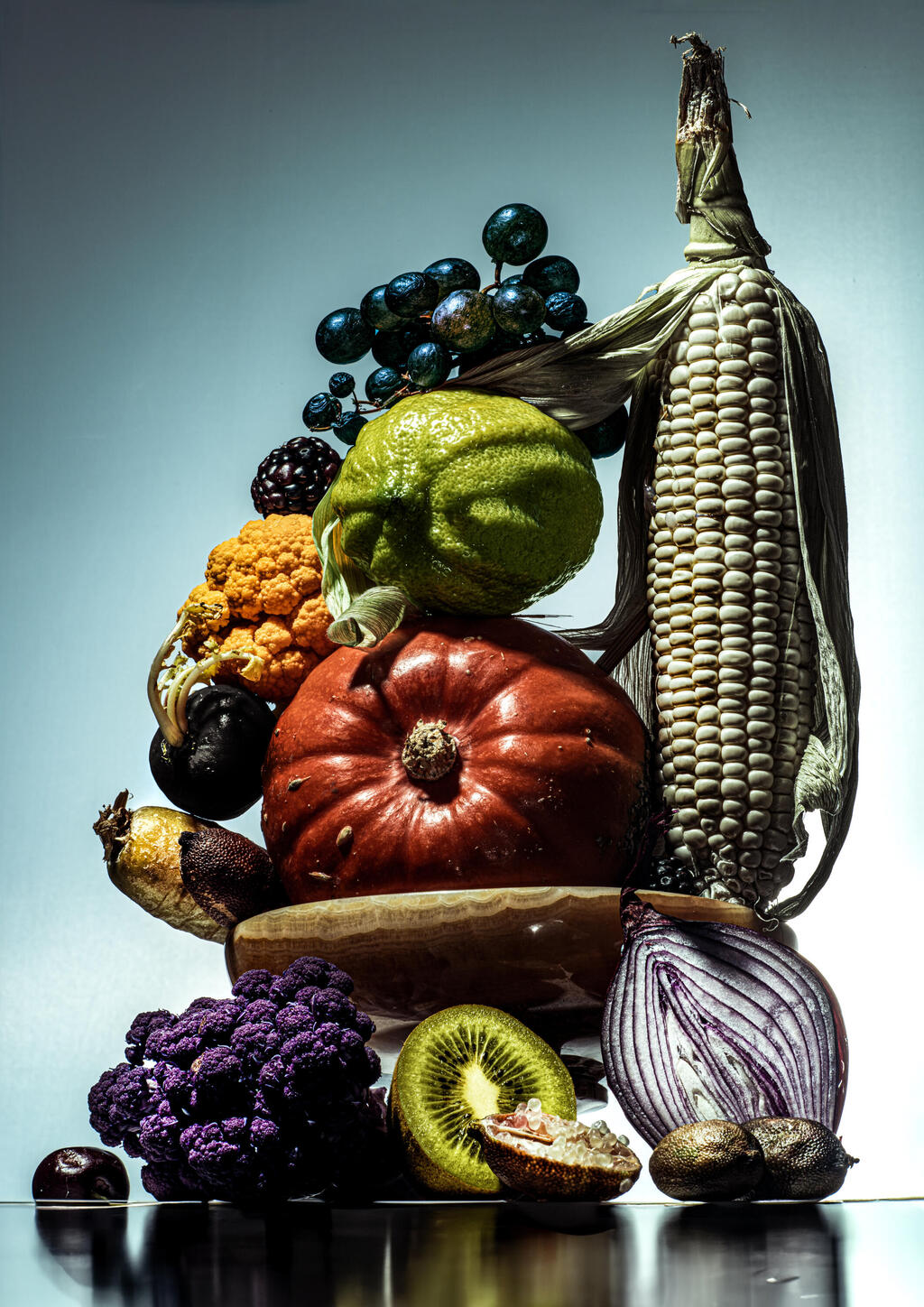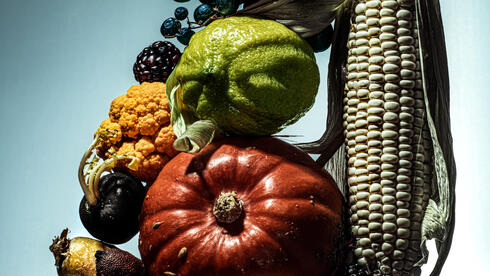May 1, 1888, was a rough day for the food industry. In Germany, the “Law on Harmful Colorants in Food, Drinks and Articles of Use” came into force. Its first paragraph contained a short list of substances whose use in food coloring was prohibited. These substances included arsenic – once used to give Bavarian cream the color green; chromium, which perfected the green in olives in jars; copper, which colored tea leaves green; lead, which gave curry an authentic yellow-orange hue; mercury, which enhanced red and orange hues, especially in candy; and tin, which was mixed with other food colorings to extend their shelf life.
1 View gallery


The taste of color.
(Photo credit: Roshianu & Moloko)
These were the days of the technological and manufacturing revolution – the second chapter of the Industrial Revolution. In the food industry, these were the days of Henry Heinz, Henri Nestlé, Charles Pillsbury and John Harvey Kellogg. The cultural heroes of this era – the equivalent of modern technology giants – were chemists. Every month there was news of the invention of a new substance, the discovery of a new law.
In the world of food chemicals that promised durability, uniformity, improved taste and a more beautiful appearance, everyone knew that this came at an additional cost. For example, if curry looked too good for its price, it could contain lead, which increased the risk of gout, dementia and kidney failure. Yet people bought it, just as we consume highly processed foods today despite the known dangers. The reason is the same in both cases: we are conditioned to find food coloring attractive, and this conditioning existed 35 million years before German color legislation.
Our primitive primate ancestors were born with particularly strong eyesight. While their peers saw the green foliage around them in bluish green and some yellow, our ancestors saw more. Among the green leaves they could see red, orange and pink objects – fruits. They saw millions of colors in the world because they were the first supermammal to be born with three types of cones in their eyes: two for green and blue wavelengths and one that detects long red wavelengths.
According to evolutionary theory, this ability to recognize colors arose as a way to find food. The red cone allowed us to better navigate through foliage and instantly recognize fruit and determine how ripe it was. In repeated experiments, both humans and apes have long shown a preference for colorful fruits and vegetables – a preference that has been ingrained in us for millennia.
There are creatures that have even more cones in their eyes, such as insects or birds. When an insect or bird with many cones sees an apple, it perceives countless shades on the skin that indicate density, moisture, rot and quality of the fruit’s surface, as well as the best place to peck. These colors (which we cannot even imagine) are the true colors of the apple; we, with our coneless eyes, are blind to them.
However, our sense of taste is rare in the animal kingdom: it learns. The sense of taste is influenced by the depth of color and by associations that have nothing to do with botany, for example for cultural reasons. Even in ancient times, food was colored, especially with spices and concentrated fruit juices. In the Middle Ages, food coloring was a basic ingredient in haute cuisine.
Just as for us taste and pleasure begin with aroma and extend to personal connections, tradition, culinary innovation and even ethics, taste in the Middle Ages was influenced by spirituality and symbolism. Cooks colored meatballs with blue lichen to symbolize royalty, or with a yellow dough made from egg yolk and saffron to symbolize divine light. Colorful sauces were used to represent the colors of flags. For centuries, Europe’s 1% enjoyed foods colored in ways that detached them from nature and connected them to a symbolic, religious, social and cosmological code. That was their gastronomic experience.
Today, the dominant approach to cooking is to enhance the natural flavor of food. This fashion emerged in the 17th century with the emergence of French cuisine. Natural flavor is a relatively new idea in the history of cuisine and was revolutionary in its time. The intensification of natural nuances is associated with this idea. However, this is not a true return to the natural state of food. We are still more attracted to enhancement than to the natural. We have no problem with salmon colored pink by supplements or mustard spread, because without the turmeric that turns it yellow, it would remain gray.
We have progressed since the 19th century, if only a little. We still want to color food. But unlike in the past, we are now more opposed to artificial food coloring. This has ushered in the golden age of natural food coloring, also derived directly from their natural sources. There is also an openness and attraction to vegetables in unusual colors – red bananas, purple carrots, yellow watermelons, white asparagus. This variety once existed, and in modern times it has been reduced to a handful of colors for each fruit and vegetable, based on the idea of ”finding the best and giving it to everyone.” Now natural colors are returning, almost as a value in themselves. We have returned to antiquity.

